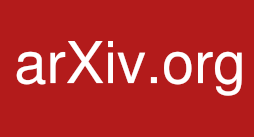Document detail
ID
oai:arXiv.org:2408.14153
Topic
Computer Science - Computer Vision... Computer Science - Artificial Inte... Computer Science - Computation and...Author
Möller, Lucas Tilli, Pascal Vu, Ngoc Thang Padó, SebastianCategory
Computer Science
Year
2024
listing date
8/28/2024
Keywords
dual method science inputs computerAbstract
Dual encoder architectures like CLIP models map two types of inputs into a shared embedding space and learn similarities between them.
However, it is not understood how such models compare two inputs.
Here, we address this research gap with two contributions.
First, we derive a method to attribute predictions of any differentiable dual encoder onto feature-pair interactions between its inputs.
Second, we apply our method to CLIP-type models and show that they learn fine-grained correspondences between parts of captions and regions in images.
They match objects across input modes and also account for mismatches.
However, this visual-linguistic grounding ability heavily varies between object classes, depends on the training data distribution, and largely improves after in-domain training.
Using our method we can identify knowledge gaps about specific object classes in individual models and can monitor their improvement upon fine-tuning.
Möller, Lucas,Tilli, Pascal,Vu, Ngoc Thang,Padó, Sebastian, 2024, Explaining Vision-Language Similarities in Dual Encoders with Feature-Pair Attributions

Projection-Specific Heterogeneity of the Axon Initial Segment of Pyramidal Neurons in the Prelimbic Cortex
heterogeneity projection-specific

